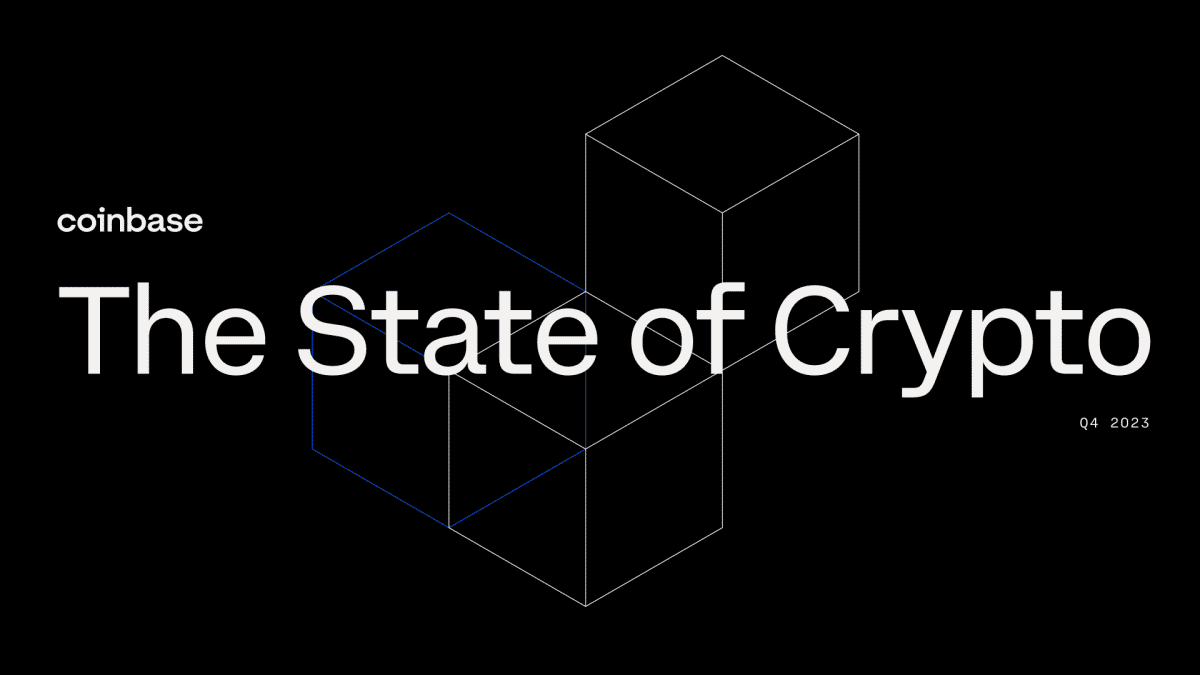Layer-2 Scaling Solutions: A Framework for Comparison - Commissioned by Polygon

The Block Research was commissioned by Polygon to create “Layer-2 Scaling Solutions: A Framework for Comparison”. To access the full report in PDF format, please fill out the form below:

Executive Summary
Ethereum had a breakout year in 2021. It’s native asset, ETH’s, market capitalization surpassed $500 billion for the first time. Its network facilitated upwards of $7 trillion value transfer. Non-fungible tokens (NFTs) emerged as another “killer application” that have put its technology on the global stage and caught the attention of the masses.
All-time high levels of engagement are pushing Ethereum to its scaling limit. High transaction fees clearly showcase its scalability challenges. Individual transactions that used to cost in the cents now routinely cost tens or hundreds of dollars. Users paid ~$10 billion in aggregate transaction fees on the Ethereum network in 2021.
General-purpose scaling technologies are needed - badly. Alternative layer-1 platforms, sidechains, and layer-2 networks are all taking different approaches to increase blockchain scalability with different tradeoffs. This report focuses on layer-2 rollups which aim to bring scaling gains while inheriting Ethereum’s base layer security to the maximum extent.
Layer-2 rollups are at an inflection point in terms of adoption. Many rollup networks were deployed in production environments in just the past few months. They still have relatively low levels of adoption compared to alternative layer-1 networks and sidechains. But several data series in this report highlight signs of early product market fit.
Layer-2 scaling solutions are surrounded by technical jargon. This report introduces a simple analysis framework for comparing and contrasting them. It evaluates six different layer-2 networks in depth and profiles their related organizations, outlines how they are technically designed, analyzes their on-chain and ecosystem data, and identifies challenges and catalysts for their adoption.
Layer-2 development organizations are well positioned to bolster ecosystem growth. Nearly $1.3 billion of venture capital has poured into these organizations in the last ~18 months. Development organizations have ample funding to invest in their core protocol technology and incentivize developer and user adoption.
Layer-2 incentive programs appear to be on the way. There is wide-ranging consensus that many layer-2 networks will launch native tokens. However, it remains unclear when they will do so. This report briefly examines the use cases of layer-2 tokens that are currently in circulation and identifies several factors that make the launch of additional layer-2 native tokens likely.
Note: Shortly prior to the publication of this report, Optimism announced plans to launch a native token (OP) through a retroactive airdrop - the details of which are not included in the report. More information regarding the airdrop can be found in the project’s related blog post here.
© 2023 The Block. All Rights Reserved. This article is provided for informational purposes only. It is not offered or intended to be used as legal, tax, investment, financial, or other advice.



